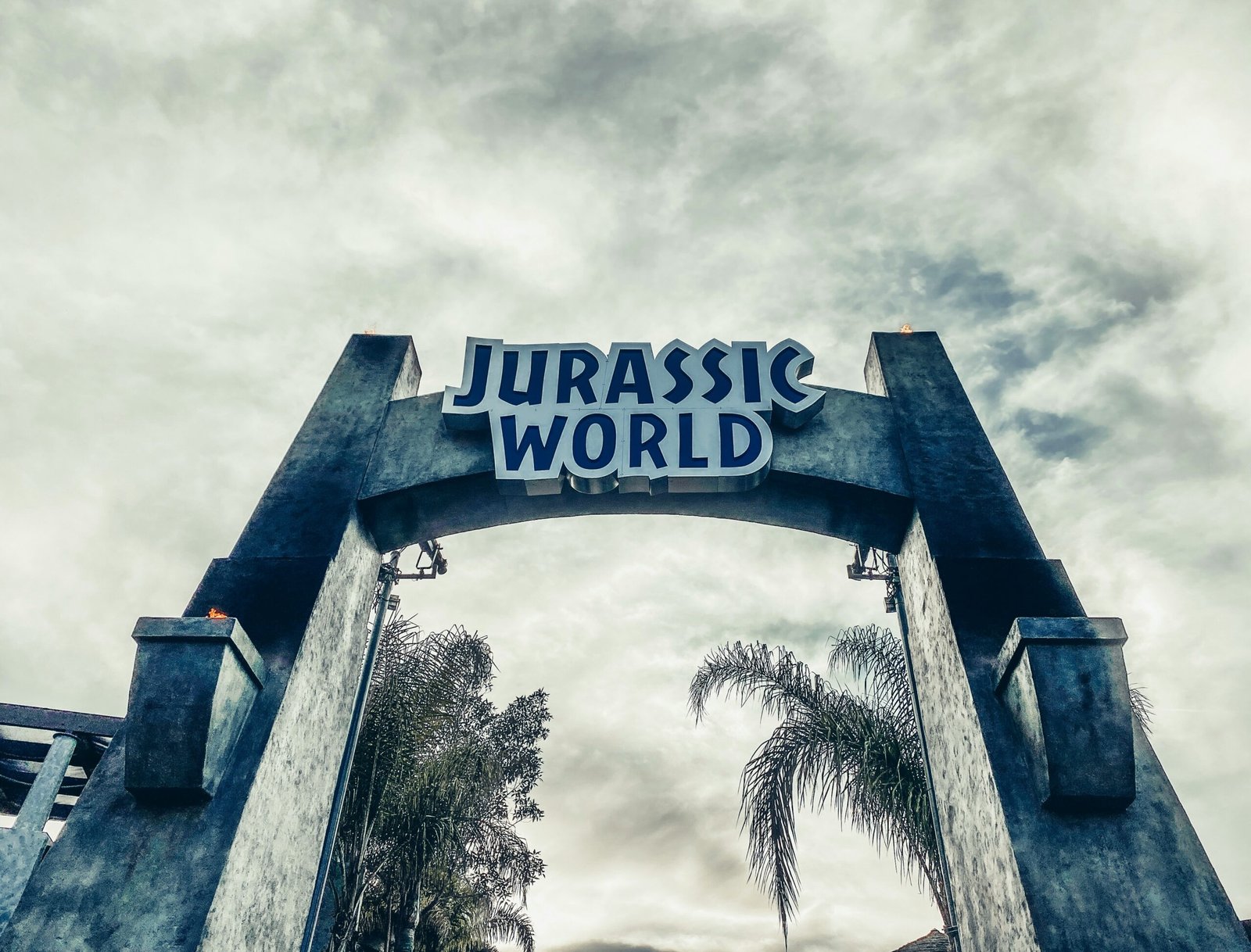On May 29th, 2015, the film industry witnessed a monumental event with the premiere of “Jurassic World” in Paris. Directed by Colin Trevorrow and starring Chris Pratt and Bryce Dallas Howard, this fourth installment in the Jurassic Park series marked a significant revival in the beloved franchise. The original “Jurassic Park” trilogy, directed by Steven Spielberg, left an indelible mark on popular culture, redefining what visual effects and storytelling could achieve in cinema. The technological advancements in CGI and animatronics brought dinosaurs to life in a way that had never been seen before, creating a legacy that endured long after the final film of the original trilogy was released in 2001.
After a hiatus of nearly 14 years, the anticipation for a new chapter in the Jurassic saga was palpable. This period saw considerable advancements in film technology, allowing for even more realistic and immersive visual effects. Universal Pictures strategically decided to revive the series, capitalizing on the nostalgia of the original audience while also aiming to attract a new generation of viewers. The decision to set “Jurassic World” in a fully functional dinosaur theme park, a concept briefly envisioned in the original films, added a fresh yet familiar element to the story, reigniting interest across various demographics.
The influence of the Jurassic Park franchise on popular culture cannot be overstated. From toys and video games to theme park attractions and scientific discussions about dinosaurs, the series permeated various aspects of society. The success of the original films set a high bar for “Jurassic World,” and its premiere was a testament to the enduring fascination with dinosaurs and groundbreaking visual storytelling. According to sources like Variety and The Hollywood Reporter, the revival of the franchise was met with both critical and commercial success, solidifying its place in cinematic history.
The premiere of “Jurassic World” on May 29th, 2015, demonstrated how strategic planning, technological advancement, and a deep respect for the original material could come together to create a historic moment in film. This event not only celebrated the legacy of the Jurassic Park series but also paved the way for future installments, ensuring that the fascination with dinosaurs would continue to captivate audiences for years to come.
The premiere of “Jurassic World” on May 29, 2015, marked a significant moment in cinematic history, revitalizing a beloved franchise that had captured the imaginations of audiences since the original “Jurassic Park” in 1993. The film, directed by Colin Trevorrow, was not merely a continuation but a reimagining that brought the awe and wonder of dinosaurs back to the big screen.
From a financial standpoint, “Jurassic World” was an unprecedented success. The film grossed over $1.67 billion worldwide, becoming the third-highest-grossing film of all time upon its release. This box office triumph was fueled not only by nostalgia but also by the film’s cutting-edge visual effects and thrilling action sequences. The meticulous CGI work, particularly in creating lifelike dinosaurs, and the heart-pounding chase scenes set new standards for the genre. Critics and audiences alike praised these technical achievements, with many noting that the film’s visual effects were some of the best ever seen in cinema.
The performances of Chris Pratt and Bryce Dallas Howard also played a crucial role in the film’s success. Pratt’s portrayal of the rugged and charismatic Owen Grady, along with Howard’s depiction of the determined and resourceful Claire Dearing, added depth to the narrative and provided strong, relatable characters for the audience to invest in. Their dynamic performances received positive reviews and helped to anchor the film’s fantastical elements in a relatable human story.
Beyond its immediate box office success, “Jurassic World” had a lasting impact on the entertainment industry. The film reinvigorated interest in dinosaur-themed media, leading to sequels such as “Jurassic World: Fallen Kingdom” in 2018 and “Jurassic World: Dominion” scheduled for 2022. The franchise’s resurgence also extended into other media, including video games, theme park attractions, and merchandise, solidifying its place in popular culture.
In terms of accolades, “Jurassic World” received numerous awards and nominations, including several for its visual effects and sound design. Publications such as Variety and The Hollywood Reporter lauded the film’s ability to balance action, suspense, and character development, ensuring its place as a standout entry in the franchise.
Overall, the premiere of “Jurassic World” on May 29, 2015, was not just a commercial success but a pivotal moment that rekindled the magic of the dinosaur franchise, setting a high bar for future films and securing its legacy in the annals of cinematic history.

